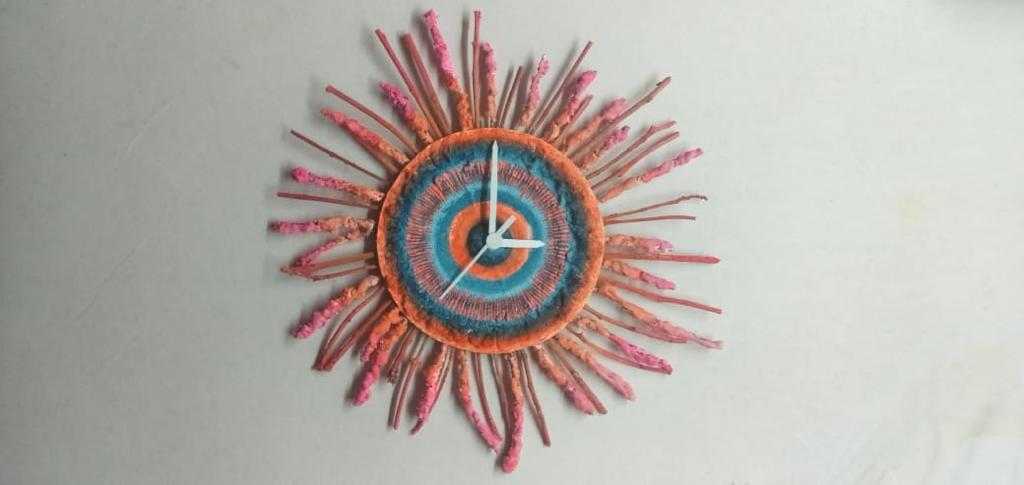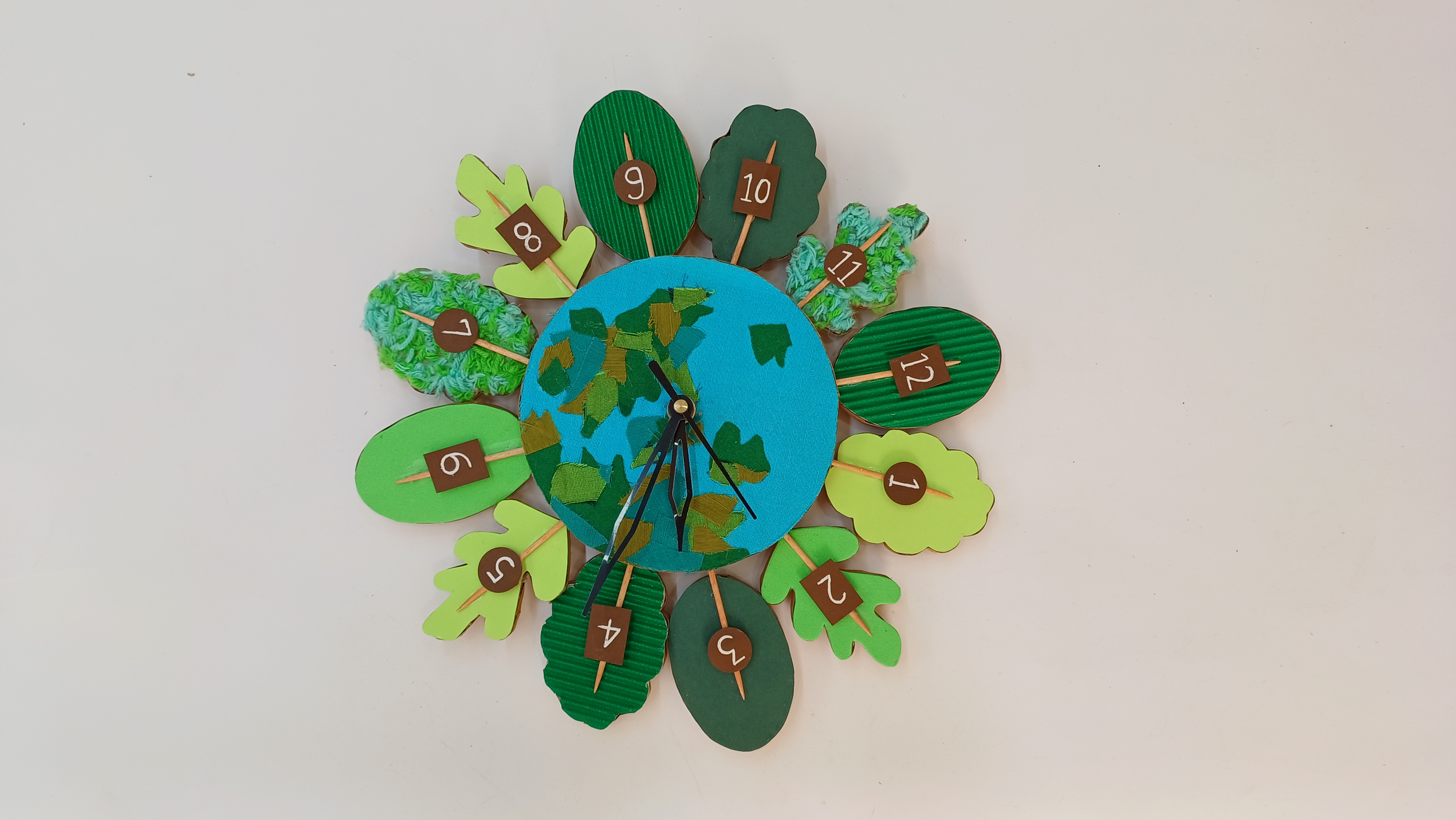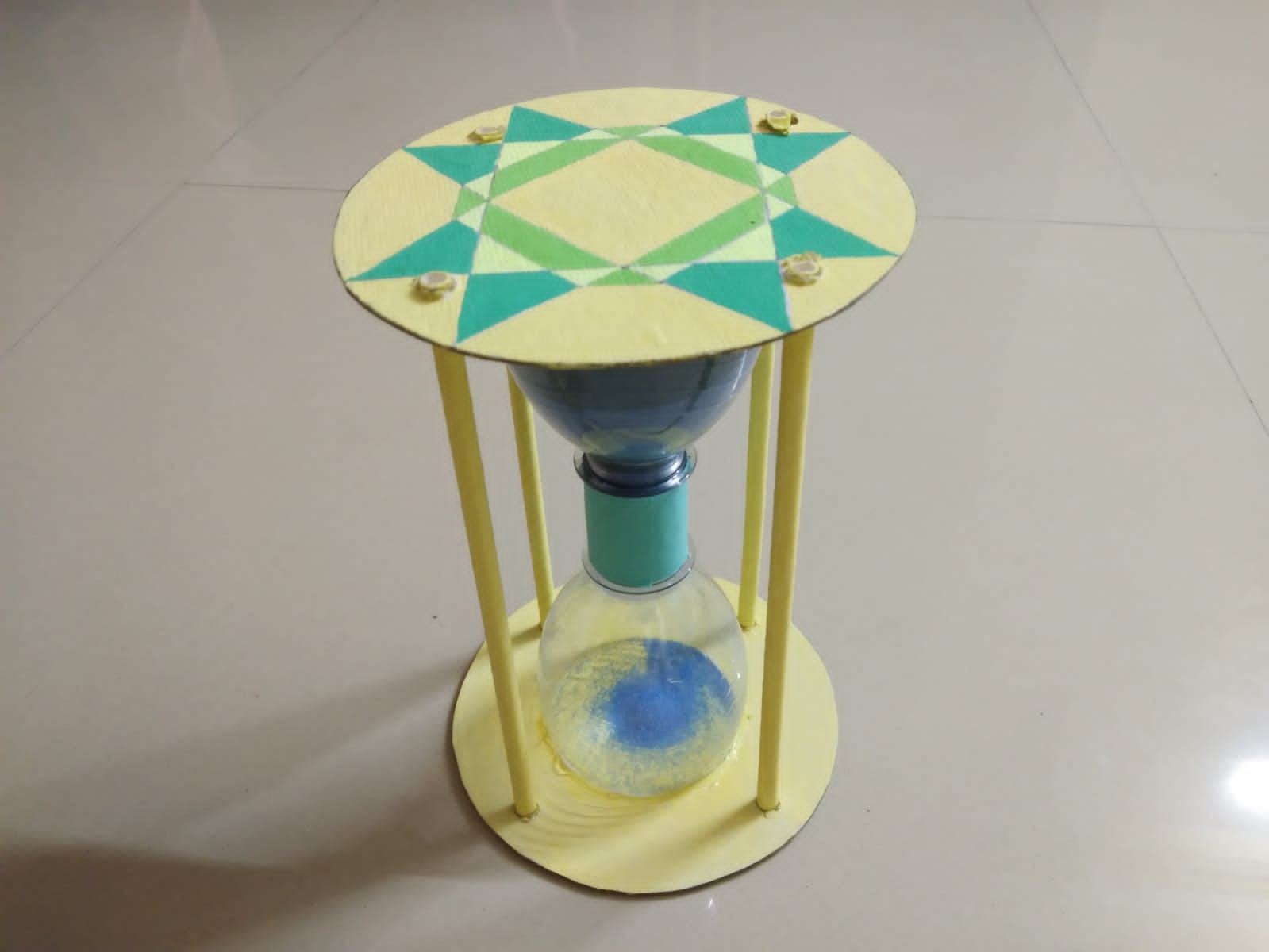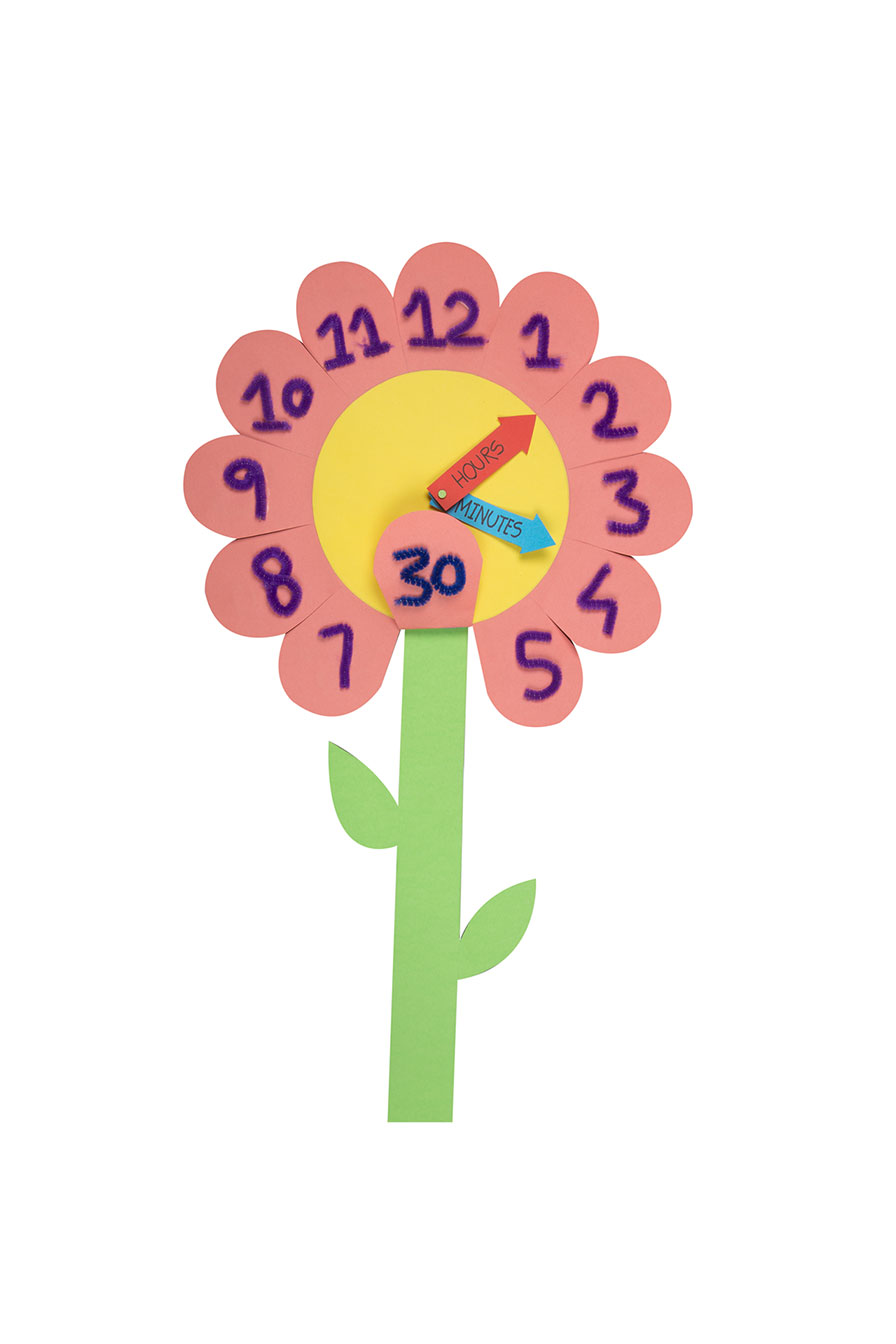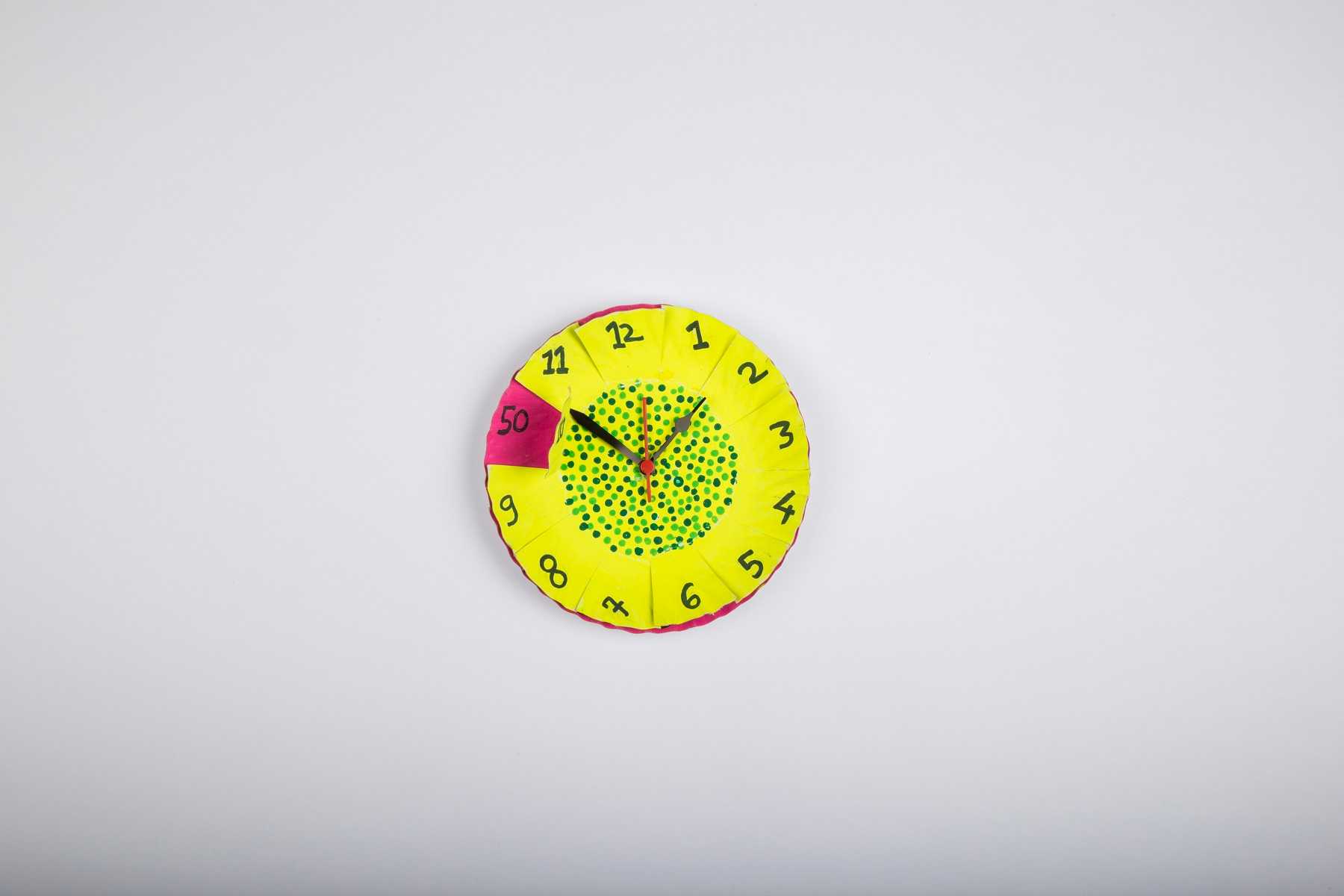Time is an essential concept for kids to understand—but why not make the learning process fun and engaging? Making a paper clock is a creative and interactive way to help children grasp time-telling concepts while building key skills like number recognition, fine motor development, and hand-eye coordination. Plus, crafting their own DIY clocks can boost confidence and make learning feel like play!
In this blog post, we’ll find 5 exciting clock making ideas that not only teach kids how to read a clock but also encourage artistic expression. Get ready to dive into hands-on clock-face craft projects that are perfect for both kids and parents. Let’s jump into our first activity and start crafting time together!
1. Miss Tick Tock Craft Ideas
Bring nature into your home with a creative twist! The Miss Tick Tock DIY clock craft is a fun and engaging project that lets kids explore unique clock making ideas like using twigs to build a personalized mechanical watch. While it’s not exactly like making a paper clock, this nature-inspired activity offers a hands-on way for kids to paint, design, and practice number recognition as they assemble their very own functional clock.
Materials Needed:
-
Fevicol A+
-
Rangeela Tempera Colours
-
Rangoli Powder (White)
-
Twigs
-
Fine Art Brushes
-
Compass
-
Pencil
-
Paper Cutter
Steps to Create this Activity: Start this clock face craft by drawing and cutting out a circle of 8” diameter from a corrugated sheet. Mix Rangoli powder with Fevicol A+ to create a thick paste, then use it to stick plain and textured twigs alternately around the circle. Paint the base white with Rangeela Tempera colours and let it dry. Finish off by painting the twigs with your favourite colours, and your handmade clock is ready!
Tip: To enhance this craft, add natural decorations like small leaves or flowers to give your clock a truly unique touch.
Want to make your own clock with the Miss Tick Tock Craft? Click here to see the steps in more detail!
2. DIY Clock Craft for Earth Day
Celebrate Earth Day while learning how to tell time with a fun and eco-friendly twist! This sustainable DIY clock craft is a great way to teach kids about upcycling while exploring creative clock making ideas. Using recycled materials, children can enjoy making a paper clock that’s not only educational but also reinforces the importance of caring for our planet. It’s the perfect blend of learning, creativity, and environmental awareness!
Materials Needed:
-
Fevistik Power
-
Corrugated Sheet
-
Upcycled Fabrics (Green & Blue)
-
Chart Papers (Green)
-
Green Foam Sheet
-
Wool in Shades of Green
-
Toothpicks
-
Clock Device
-
Compass
-
Scale
-
Scissors
-
Pencil
-
White Felt Pen
Steps to Create this Activity: Start by cutting out circles from corrugated sheets and blue fabric. Draw the Earth’s map and use green fabrics to create trees. Using Fevistik Power, attach toothpicks to form tree trunks. Stick trees onto the clock, then add numbers using a felt pen and attach a clock device at the centre. Your eco-friendly clock is ready!
Tip: Add some glitter or sparkles to your Earth clock to make it extra fun and eye-catching!
Want to get started with this clock face craft for Earth Day? Click here to see the steps in more detail!
3. Fun Learning for Kids with DIY Sand Clock Craft
This DIY Sand Clock Craft provides a fun, hands-on way for kids to explore the concept of time. As they build their own sand clock, children not only gain a visual understanding of how time flows but also develop creativity and practical problem-solving skills. It’s an engaging activity that combines learning with playful crafting!
Materials Needed:
-
Fevicol A+
-
Rangeela Tempera Colours
-
Plastic Bottle
-
Coloured Craft Sand
-
Mount Board
-
Paper Straw
-
Compass
-
Paper Cutter
-
Scissors
-
Scale
Steps to Create this Activity: Start by cutting out two circles from the mount board and painting them with Rangeela Tempera colours. Prepare a plastic bottle, cut out a small hole in the cap for sand to pass through, and assemble everything. Use paper straws to create a holder for the bottles, wrap it with chart paper, and fill the bottle with coloured sand. Once everything is assembled, you’ll have a functional sand clock!
Tip: To make the sand flow more smoothly, use different coloured sands to create layers for a cool visual effect!
Want to make your own DIY Sand Clock? Click here to see the steps in more detail!
4. Clock Paper Craft Maths Activity: Hours & Minutes
This Clock Paper Craft activity is a wonderful time-telling activity perfect for teaching kids the concept of hours and minutes. It’s an interactive and creative time-telling activity to learn the basics of timekeeping while also practising math skills!
Materials Needed:
-
Fevicol MR
-
Fevicryl 3D Outliner
-
Pencil
-
Felt Pen
-
Scissors
-
Chart Papers
-
Pipe Cleaners
-
Split Pin
Steps to Create this Activity: Begin by drawing and cutting out the clock’s parts from chart paper. Attach pipe cleaners for the numbers and use a split pin to secure the hour and minute hands. Once everything is assembled, write the numbers and labels on the clock, and your time-telling flower clock will be ready to use!
Tip: Use different colours for the hour and minute hands to help kids distinguish between them more easily.
Want to dive deeper into this time-telling activity by crafting Clock Paper Craft? Click here to see the steps in more detail!
5. Clock Craft Making Activity
This easy clock craft is a fun way to teach kids how to tell time. It’s simple, hands-on, and helps children learn while enjoying a creative craft session.
Materials Needed:
-
Fevicol MR
-
Rangeela Tempera Colours
-
Felt Pen
-
Scissors
-
Paper Plates
-
Hour, Minutes, and Seconds Hands
Steps to Create this Activity: Take two paper plates and paint them with Rangeela Tempera colours. Mark the numbers on the top plate and cut slits for each number. Attach the plates using Fevicol MR and add the hour, minute, and second hands. Your clock is now ready!
Tip: Personalise this clock by adding stickers or decorations to make it even more exciting for kids to use!
Want to learn how to make your own clock? Click here to see the steps in more detail!
And It’s a Wrap!
Crafting your own clock is an amazing way to teach children how to tell time while fostering creativity and learning. These clock face crafts will not only help kids engage in essential time-telling activities but also allow them to personalise and decorate their clocks with their favourite materials.
By participating in these DIY clock crafts and time-telling activities, children develop important cognitive skills such as problem-solving, hand-eye coordination, and fine motor skills. The hands-on nature of these crafts makes learning interactive and engaging, helping kids connect with the concept of time in a fun and memorable way.











